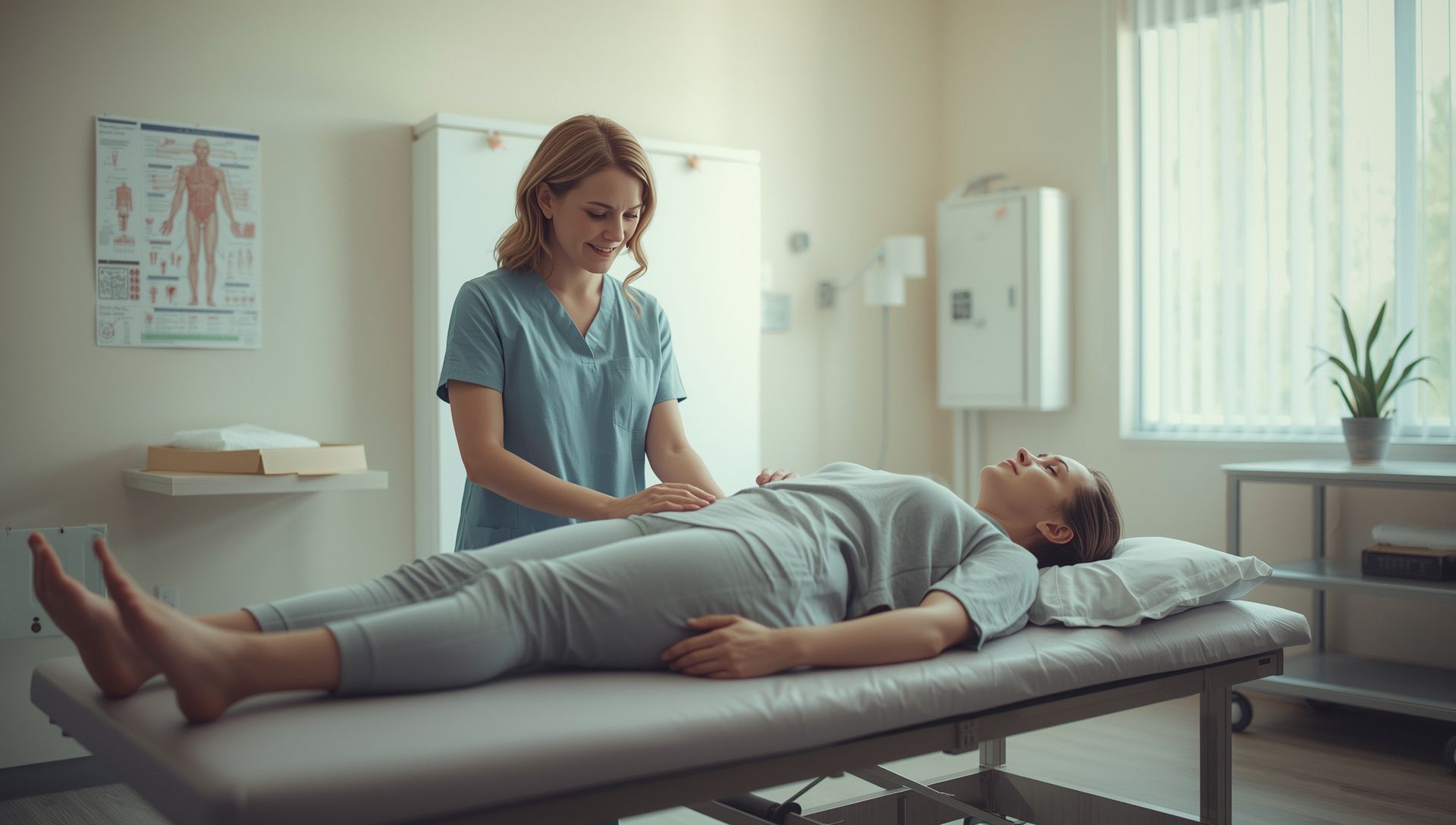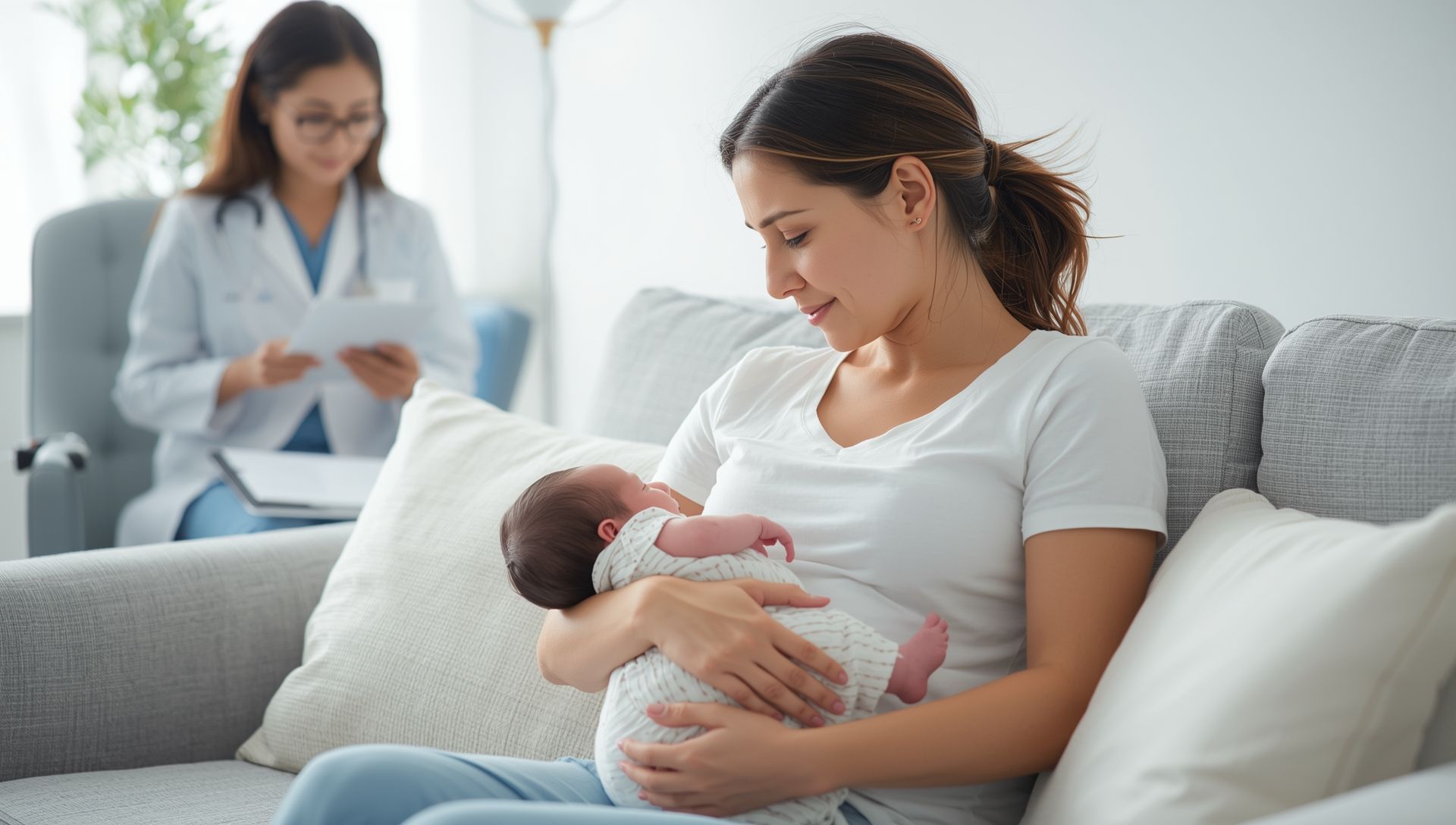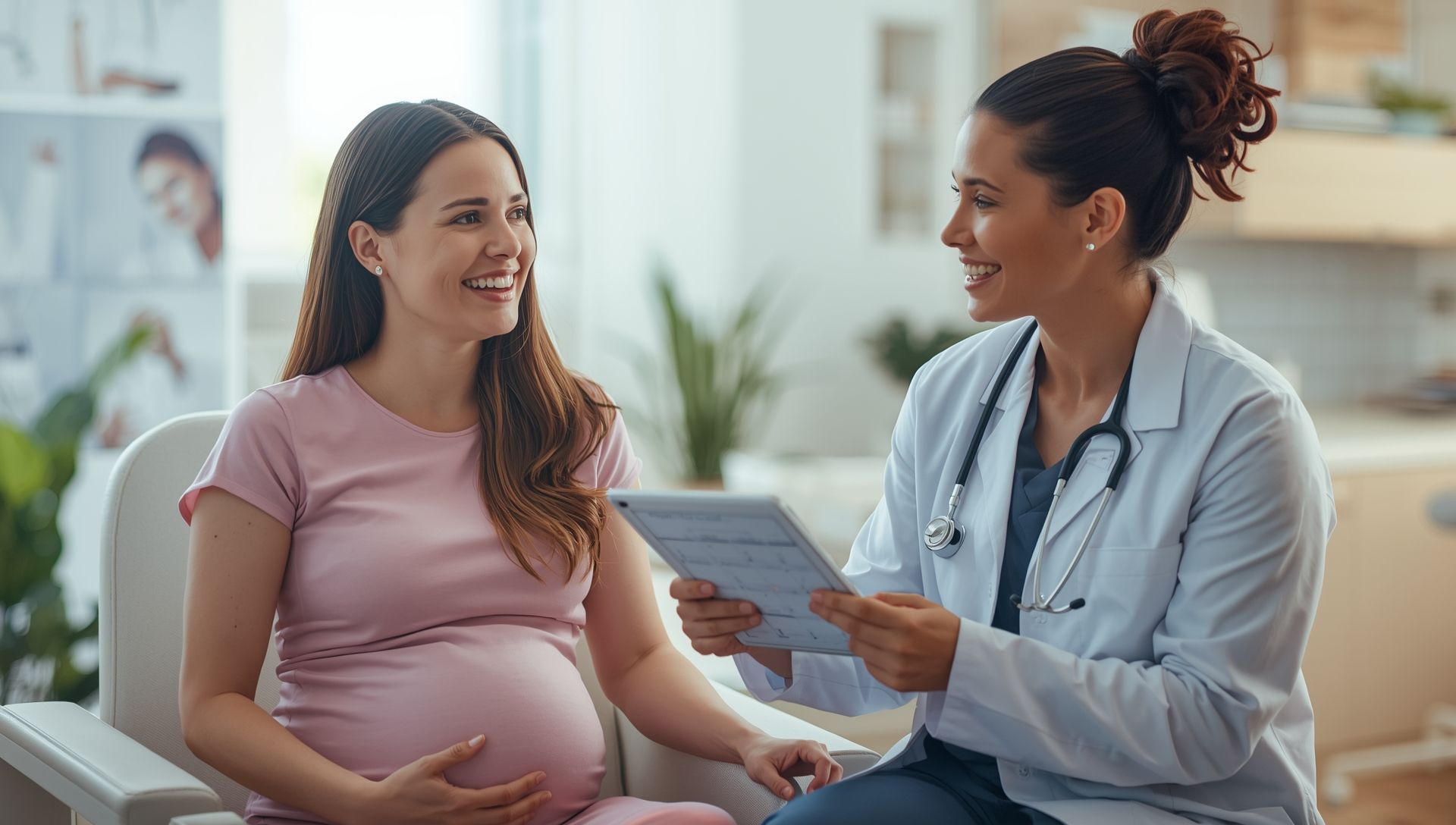Understanding Endometriosis: Symptoms, Diagnosis, and Treatment Options
Endometriosis isn’t talked about enough, yet it affects an estimated 1 in 10 women of reproductive age globally.
Whether you’ve just heard the term or are seeking answers for unexplained symptoms, understanding endometriosis is an important first step toward managing it.
This blog explores what endometriosis is, the symptoms to look out for, how doctors diagnose it, and the options for treatment and support.
If you've been searching for clarity, you're in the right place.
What Is Endometriosis?
Endometriosis is a condition where tissue similar to the lining of the uterus (endometrium) grows outside of the uterus. These growths can appear on the ovaries, fallopian tubes, and even the outer surfaces of the uterus or other organs in the pelvic area.
Why does this matter? Because, just like the normal uterine lining, this tissue responds to hormonal cycles. It thickens, breaks down, and bleeds during your menstrual cycle. But since it’s outside the uterus, the blood has no exit, leading to inflammation, pain, and the formation of scar tissue.
While it’s common, endometriosis is surprisingly underdiagnosed, and many people live with its painful symptoms for years without proper treatment.
Symptoms of Endometriosis
Endometriosis symptoms can vary widely from person to person. Some people experience severe symptoms; others might not have noticeable signs at all. Here are the most common and some less common symptoms to be aware of:
Common Symptoms:
- Pelvic Pain – Persistent pain in the lower abdomen, often worsening during periods.
- Painful Periods (Dysmenorrhea) – Cramping may feel far more intense than typical menstrual pain.
- Pain During Sex – Discomfort during or after intercourse, especially in deep positions.
- Excessive Menstrual Bleeding – This includes both heavy periods and bleeding between cycles.
- Infertility – Difficulty getting pregnant is often what leads some to a diagnosis.
Less Common Symptoms:
- Painful Bowel Movements or Urination – Usually during your period.
- Fatigue – Constant exhaustion with no clear reason.
- Bloating or Nausea – Some people refer to this as the “endo belly.”
- Pain in the Lower Back or Legs – If the condition affects the nerves.
Recognizing these symptoms and seeking help early is key to getting a diagnosis and finding the relief you need.
Diagnosing Endometriosis
Diagnosing endometriosis can be tricky because symptoms often mimic other conditions like irritable bowel syndrome (IBS) or pelvic inflammatory disease (PID). However, doctors use several methods to confirm it.
Diagnostic Methods:
- Pelvic Exam: During a pelvic exam, doctors can feel for abnormalities, such as cysts or scar tissue.
- Ultrasounds: A transvaginal or abdominal ultrasound can provide a closer view of the reproductive organs, though it can’t definitively diagnose endometriosis.
- MRI Scans: MRI offers detailed images of organs and tissues and can sometimes help identify endometriosis-related issues.
- Laparoscopy: This is considered the gold standard for diagnosis. A small camera is inserted into the abdomen via a tiny incision to visually confirm and potentially remove endometriosis tissue.
If you believe endometriosis could be at the root of your symptoms, making that first appointment with a gynecologist or specialist is a necessary step.
Treatment Options
There’s no one-size-fits-all treatment for endometriosis, but the goal is always the same—to relieve symptoms and improve quality of life.
Depending on the severity of the condition and your medical history, treatment typically falls into two categories: medical and surgical.
Medical Treatments:
- Pain Management: Over-the-counter pain relievers like ibuprofen can help manage mild symptoms, while stronger prescription medications might be necessary for severe cases.
- Hormone Therapy: Hormonal treatments like birth control pills, GnRH agonists, or progestin therapy can slow endometrial tissue growth by altering hormone levels.
Surgical Treatments:
- Laparoscopic Surgery: This minimally invasive procedure can remove endometriosis tissue while preserving the uterus and ovaries.
- Hysterectomy: For severe cases where other treatments haven’t worked, some choose to remove the uterus entirely. This approach is typically a last resort for those who don’t desire future pregnancies.
Your healthcare provider will work with you to create a treatment plan tailored to your needs and goals.
Lifestyle and Home Remedies
Living with endometriosis can be an ongoing challenge, but certain lifestyle changes and natural remedies may help manage symptoms.
- Dietary Changes: Many find relief by following an anti-inflammatory diet. Incorporate foods like leafy greens, fatty fish, and nuts while cutting back on refined sugars and processed snacks.
- Exercise: Low-impact activities like yoga, Pilates, or walking can help reduce pelvic pain, improve circulation, and elevate mood.
- Stress Management: Chronic stress can exacerbate symptoms, so prioritize self-care practices like meditation, journaling, or simply taking time to relax.
Coping and Support
Endometriosis doesn’t just affect the body; it also takes a mental and emotional toll. Finding support can make all the difference.
- Support Groups: Joining online or local support communities helps connect you with others who understand what you’re going through.
- Mental Health Resources: If endometriosis has affected your emotional well-being, consider speaking to a therapist who specializes in chronic illnesses.
You’re not alone in this. Support is out there, and it’s okay to lean on others when you need it.
Take Charge of Your Health
Living with endometriosis can feel overwhelming, but it’s important to remember that you have options.
By recognizing the symptoms, seeking proper diagnosis, and exploring treatment tailored to your lifestyle, you can take control of your health.
If you experience symptoms of endometriosis, don’t ignore them. Reach out to a medical professional to get the help you deserve.
For additional resources and support, contact Infinity Medical Group or visit our website.










